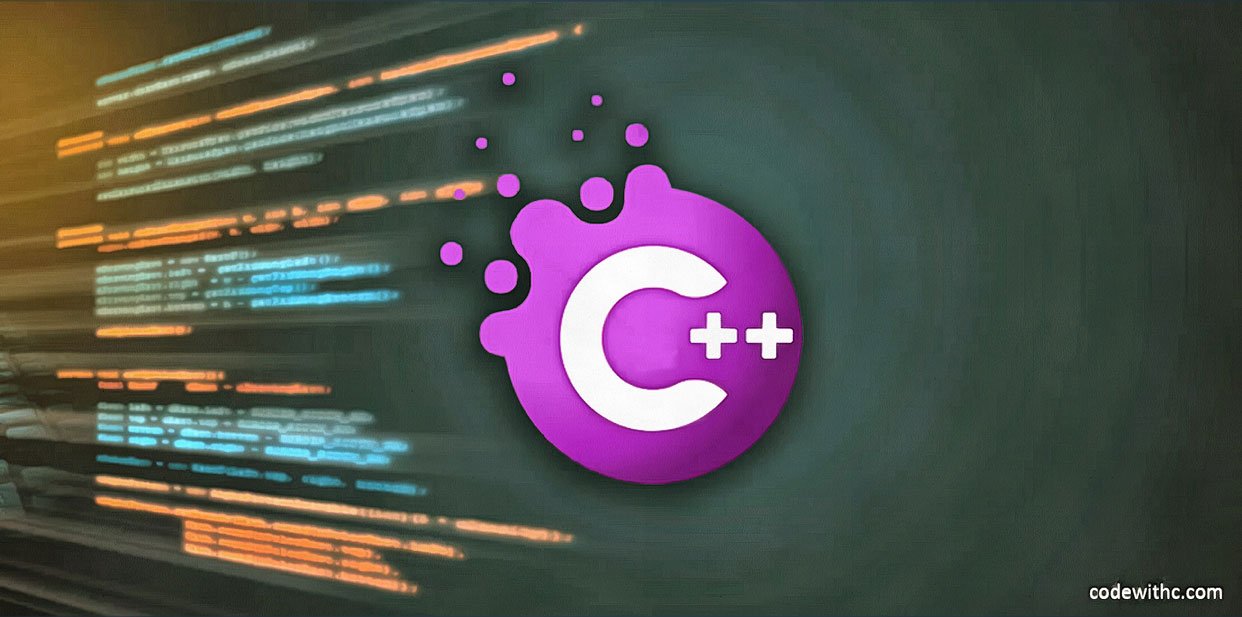Heap memory refers to an area of memory that is dynamically allocated by the operating system, such as the RAM in your computer. It can be used for many different purposes, such as storing a program’s data, or even for temporary storage while the program is running.
Heap memory is one of the most important concepts in the C/C++ programming language. Using heap memory will help you to allocate a block of memory to store the data.
Memory management in C/C++
The memory management is one of the basic concepts of computer science. In general, the memory is allocated as per our requirements.
But in the case of C/C++, the memory management is done automatically. If we don’t give any specific instructions to the operating system regarding the allocation of the memory, then it will automatically allocate the required memory. The memory is allocated as per the available space in the memory and the size of the data that needs to be stored.
It is the responsibility of the programmer to make sure that the data is stored in the memory as per the requirements. If the data is not stored properly, it will result in a memory leak and in the worst case scenario it will crash the system.
Heap memory in C/C++
Heap memory is a part of the dynamic memory. Dynamic memory is used for storing the temporary data that is created while the program is running.
As the name suggests, the heap memory is the part of the dynamic memory. Dynamic memory is allocated as per the requirement of the program and is deallocated when it is no longer needed.
In the case of the C/C++, the heap memory is the part of the dynamic memory and it is also used to store the data.
In the C/C++, the memory can be allocated to the stack or to the heap.
- The heap is the part of the dynamic memory and it is the part of the heap.
- The stack is used as the heap and the heap is used as the stack.
- The C/C++, the memory can be allocated to the stack or to the heap.
How to use the heap memory in C/C++?
In the C/C++, the dynamic memory is used as a part of the stack and the static memory is used as a part of the heap.
To make the most of the heap memory in C/C++, the memory can be divided into the three parts. They are:
- Static memory – The static memory is the part of the stack and it is also used as the heap.
- Stack memory – The stack memory is used to store the temporary data that is created while the program is running.
- Heap memory – The heap memory is used to store the data that is not required to be stored.
In the C/C++, the static memory is used as the stack and the heap is used to store the data. In the case of the C/C++, the memory can be allocated to the stack or to the heap.
The stack is the part of the dynamic memory and it is the part of the stack. In the case of the C/C++, the memory can be allocated to the stack or to the heap.
This program demonstrates how to use C++’s new “heap” memory allocation model. This model allows you to allocate and free memory at your own convenience.
C++: How To Use STL Containers
In this program I show you how to use the STL containers. These are the standard templates library.
#include
#include
using namespace std;
int main(){
vector v;
v.push_back("a");
v.push_back("b");
cout << "Here are the elements in the vector:";
for(unsigned int i=0; i<v.size(); ++i){<="" p=""></v.size();>
cout << v[i] << ",";
}
return 0;
}
Program 2:
#include
#include
using namespace std;
int main(){
vector v;
v.push_back("a");
v.push_back("b");
cout << "Here are the elements in the vector:";
for(unsigned int i=0; i<v.size(); ++i){<="" p=""></v.size();>
cout << v[i] << ",";
}
return 0;
}
Allocating Memory for a class Dynamically
class Simple
{
private:
int variable{ 0 };
public:
Simple()
{
std::cout << "Constructed" << std::endl;
}
~Simple()
{
std::cout << "Destroyed" << std::endl;
}
};
int _tmain(int argc, _TCHAR* argv[])
{
Simple* pSimple = new Simple();
delete pSimple;
pSimple = nullptr;
return 0;
}
New and deletions are shown in this program. When you use the new operator, the amount of memory required is calculated automatically. The Simple object and its member variables will be stored in the memory of the new operator. If you were to add more members to Simple or inherit it from another class, the program would still operate and enough memory would be used for the expanded class definition.
Example: Using unique_ptr and shared_ptr
#include
class Simple
{
private:
int variable{ 0 };
public:
Simple()
{
std::cout << "Constructed" << std::endl;
}
~Simple()
{
std::cout << "Destroyed" << std::endl;
}
};
int _tmain(int argc, _TCHAR* argv[])
{
using UniqueSimplePtr = std::unique_ptr;
UniqueSimplePtr pSimple1{ new Simple() };
std::cout << pSimple1.get() << std::endl;
UniqueSimplePtr pSimple2;
pSimple2.swap(pSimple1);
std::cout << pSimple1.get() << std::endl;
std::cout << pSimple2.get() << std::endl;
using IntSharedPtr = std::shared_ptr;
IntSharedPtr pIntArray1{ new int[16] };
IntSharedPtr pIntArray2{ pIntArray1 };
std::cout << std::endl << pIntArray1.get() << std::endl;
std::cout << pIntArray2.get() << std::endl;
return 0;
}
